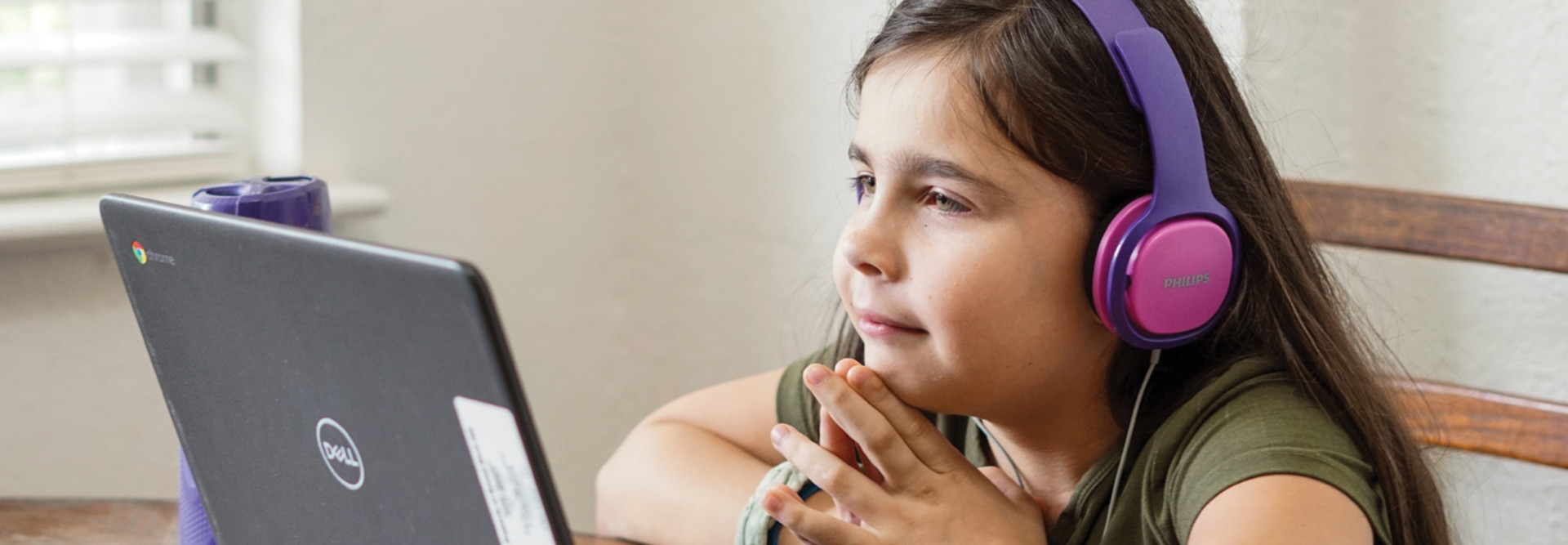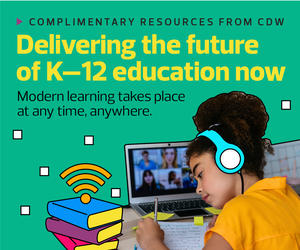Hybrid Learning Versus Blended Learning
In response to the pandemic, many schools have been operating under a hybrid model. Hybrid learning is not to be confused with blended learning, though both rely on the use of educational technology to operate efficiently.
Before the pandemic, hybrid learning rarely existed in K–12 schools. It was a model primarily used in college classes, and even there it was scarce. Hybrid learning is all about where students are sitting. In a hybrid model, there are some students in the classroom and some students at home. This can work in a variety of ways — students attending school on alternating days, synchronous classroom and at-home learning, and more — but at its core it’s a model that defines where students are.
Blended learning, conversely, is about the activities the students are doing as part of their learning. It’s about educators incorporating educational technology into their activities and lesson plans.
Blended Learning Drives the Future of K–12 Education
The surge in educational technology pushed blended learning forward, making it an integral component in many classrooms. Technology is now present in all subjects, moving beyond traditional STEM instruction.
WATCH NOW: K–12 influencer Rachelle Dené Poth describes her use of tech in language classes.
There are numerous advantages to keeping technology in the classroom, even as hybrid learning begins to wane this year. Using educational technology increases engagement while creating more opportunities for students to build upon their strengths and achieve success with digital tools.
The meaningful use of technology daily in their classes also prepares students to succeed in the future. It gives them the skills they will likely need for college and career success and may even open them up to new technology-related career paths.
Advancements in certain technologies also opened the door for increased collaboration and creativity in the classroom. Students can work together via videoconferencing platforms such as Zoom, even if they aren’t in the same space. Many cloud-based software programs also give students the option to work together in ways they couldn’t before.
Blended learning is the future of these educational technology advancements. The pandemic didn’t create this learning style, but it pushed most schools, teachers and students further ahead of where they were.
This article is part of the “ConnectIT: Bridging the Gap Between Education and Technology” series. Please join the discussion on Twitter by using the #ConnectIT hashtag.
![[title]Connect IT: Bridging the Gap Between Education and Technology](http://www.edtechmagazine.com/k12/sites/default/files/articles/2014/05/connectit.jpg)











